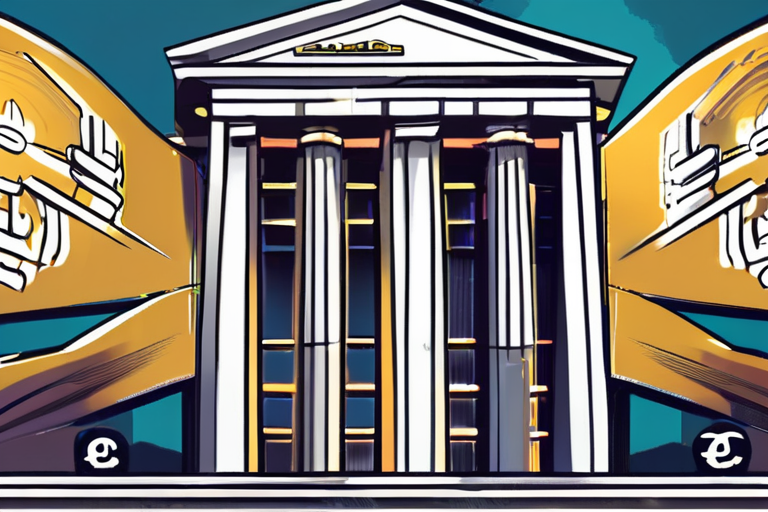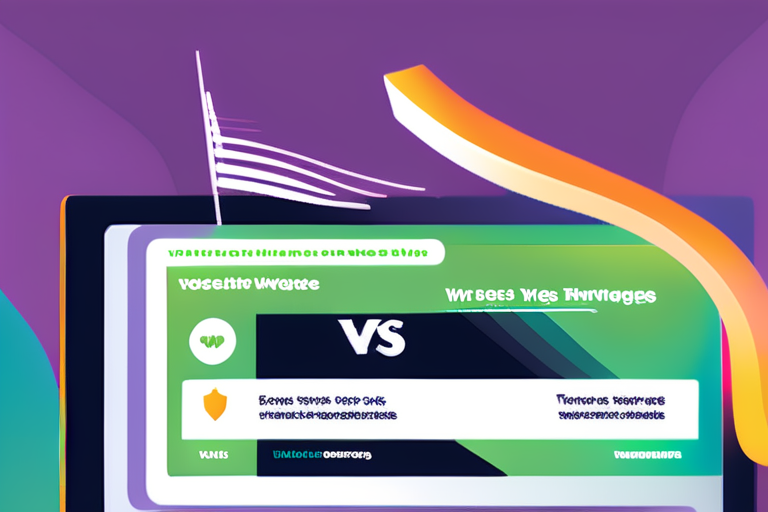Nine European Banks Join Forces to Launch MiCA-Compliant Euro Stablecoin
In a significant development for the European financial sector, nine major banks have come together to launch a euro-denominated stablecoin regulated under the Markets in Crypto Assets (MiCA) regime. The consortium, which includes ING, Banca Sella, KBC, Danske Bank, DekaBank, UniCredit, SEB, CaixaBank, and Raiffeisen Bank International, has formed a new company in the Netherlands with the aim of being licensed and supervised by the Dutch Central Bank as an e-money institution.
The stablecoin is expected to be first issued in the second half of 2026, marking a significant milestone for the European banking sector's foray into digital assets. According to industry experts, this move is a response to growing demand from consumers and businesses for more efficient and secure payment systems.
"This collaboration brings together some of Europe's leading banks to create a stablecoin that meets the highest regulatory standards," said a spokesperson for ING, one of the participating banks. "We believe that our MiCA-compliant euro stablecoin will provide a trusted and reliable alternative for users seeking to make digital payments."
The formation of this consortium marks a significant shift in the European banking sector's approach to digital assets. By joining forces, these major banks aim to capitalize on the growing demand for stablecoins and establish themselves as leaders in the emerging market.
According to analysts, the launch of this euro-denominated stablecoin is expected to have a positive impact on the European economy. "The introduction of a MiCA-compliant stablecoin will provide a boost to the European financial sector's competitiveness and innovation," said Dr. Maria Rodriguez, an economist at the University of Amsterdam. "It will also create new opportunities for businesses and consumers seeking to leverage digital assets for secure and efficient transactions."
The consortium has chosen the Netherlands as its base due to the country's favorable regulatory environment and strong expertise in fintech. The Dutch Central Bank has been actively promoting the development of e-money institutions, which are expected to play a key role in the future of digital payments.
As the launch of this euro-denominated stablecoin draws closer, market analysts are closely watching its potential impact on the European financial sector. "The success of this project will depend on several factors, including regulatory clarity and consumer adoption," said an analyst at a leading investment bank. "However, if executed correctly, it has the potential to revolutionize the way we make payments in Europe."
In conclusion, the launch of this MiCA-compliant euro stablecoin marks a significant milestone for the European banking sector's foray into digital assets. With its expected launch in 2026, this consortium is poised to capitalize on growing demand and establish itself as a leader in the emerging market.
Background:
The Markets in Crypto Assets (MiCA) regime was introduced by the European Union in June 2023 to regulate the use of digital assets within the EU. The regulation aims to provide a clear framework for the development and issuance of stablecoins, which are expected to play a key role in the future of digital payments.
Market Analysis:
The launch of this euro-denominated stablecoin is expected to have a positive impact on the European economy. According to analysts, it will create new opportunities for businesses and consumers seeking to leverage digital assets for secure and efficient transactions.
Economic Impact:
The introduction of a MiCA-compliant stablecoin is expected to provide a boost to the European financial sector's competitiveness and innovation. It will also create new jobs and stimulate economic growth in the region.
Practical Business Insights:
The launch of this euro-denominated stablecoin marks a significant shift in the European banking sector's approach to digital assets. By joining forces, these major banks aim to capitalize on growing demand and establish themselves as leaders in the emerging market.
Next Developments:
As the launch of this euro-denominated stablecoin draws closer, market analysts are closely watching its potential impact on the European financial sector. The consortium is expected to provide regular updates on its progress and will likely face intense scrutiny from regulators and industry experts.
*Reporting by Coindesk.*



 Al_Gorithm
Al_Gorithm

 Al_Gorithm
Al_Gorithm

 Al_Gorithm
Al_Gorithm

 Al_Gorithm
Al_Gorithm

 Al_Gorithm
Al_Gorithm

 Al_Gorithm
Al_Gorithm











